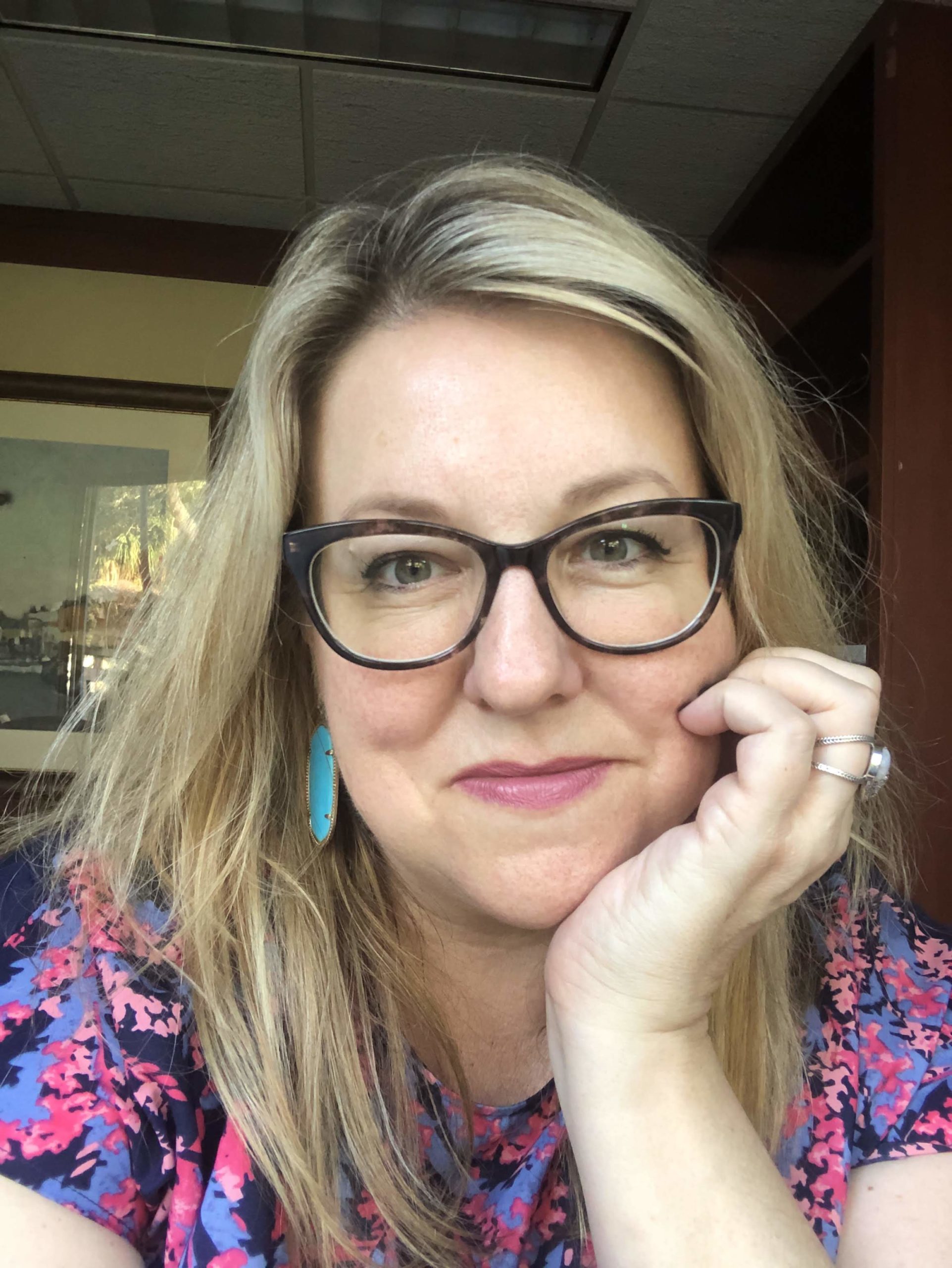Something odd happened at the University of Miami last year after a small, peaceful protest on campus.
Broadcast student Jessie Lauck got a message in her inbox from the dean of students that struck a bit of fear in her heart.
“The email was pretty ominous. It just said, ‘You have to come to a Zoom meeting with us,’” Lauck said. “I wasn’t protesting, I was just covering the protest for our university television station, UMTV.”
After explaining that to the dean, Lauck and two other student journalists were dismissed from the call, which had apparently been arranged to ensure campus protesters were following the rules about lawful assembly.
But how did the dean know which students attended in the first place?
The students in the meeting began emailing each other back and forth to find out.
“None of us knew each other; we all had masks on the whole time,” Lauck said. “Then people were kind of floating the idea of camera surveillance, possible facial recognition — not really understanding fully how it works, but knowing that that is something that is being used to find people — and that’s basically where our multimedia series starts.”
The three-part series, “An Investigation into the Use of Facial Recognition at the University of Miami,” was executed under Lauck’s leadership but outside of any recognized campus media organization. The students — three journalism majors, one economics major and a political science student — ended up publishing independently.
Student journalists in the Poynter College Media Project were selected through an application process in the spring of 2021 that asked them to propose an investigation that centered on a problem or issue facing their campus. Dozens of student media outlets applied, and seven were selected for the program, which provided custom project planning, ongoing support from Poynter personnel and a slate of high-profile speakers. They included four-time Pulitzer winner David Barstow, Atlantic staff writer Ed Yong and Sara Ganim, who broke the Jerry Sandusky story as a young reporter.
The project was supported by a grant from the Charles Koch Foundation.
The University of Miami site is a three-part investigation into what constitutes facial recognition, how it’s being used at the U and implications for other campuses across the country.
In man-on-the-street interviews with students, Lauck said, “We asked (students), ‘Do you think you should tell students if they’re using facial recognition? Every single person we talked to said, ‘Yes, that’s something we have a right to know.’”
A breakthrough in their reporting came when they found a recorded lesson given to journalism students in a previous semester. In it, the chief of the University of Miami Police Department told students his department, “the Florida Department of Law Enforcement has a facial recognition software that they use through all of the people that have been arrested in the state of Florida to compare it to our video or our photo of our bad guy, and we’ve identified a few thieves that way.”
“Another thing we really wanted to highlight in our article was that the school wasn’t really open with us and they were kind of misleading, honestly, in this whole process,” Lauck said. “When we started looking into this, we specifically wanted to interview three people who we emailed and they were like, ‘Yeah, of course, we’ll interview with you.”
The team submitted interview requests and questions as per school media availability protocol.
“And essentially the school led us on this wild goose hunt for two months before they eventually got back to us,” she said. “We thought the whole time that they were trying to organize these interviews, to approve these interviews, but they weren’t planning on letting us interview these people at all.”
The questions asked university officials:
- Are you able to identify students’ locations from the university WiFi?
- Can the school track students’ locations from ID cards on campus?
- Does UMPD have access to FACES, a technology used by the Coral Gables (where the university is located) Police Department, and what are the regulations for its use by UMPD?
- What kind of investigation would authorize the use of that software?
“They ignored all those questions,” Lauck said.
What university officials eventually did end up doing was issuing a statement.
“The statement that they did issue essentially denied that we use or have any kind of facial recognition technology,” Lauck said, despite student journalists’ findings that suggested otherwise.
Journalists involved in the project spoke to a variety of industry experts, who expressed concerns about the lack of regulation in facial recognition technology. Several sources and students also acknowledged the good that could come from the technology.
“As a student journalist, it was really upsetting that the school that we go to failed to provide us with the resources to produce a really objective and well-rounded story,” said Maya Broadwater, one of the students involved in the project. She said that although it was frustrating that university officials were so reticent, it worked out for the students involved — Lauck, Broadwater, Clare O’Connor, Jesse Liberman, and Patrick McCaslin.
“It really challenged us all to dig a little bit deeper,” Broadwater said. “(We) developed research and investigative skills that I didn’t think journalists could develop until they were really in the midst of their careers. … I think that the combination of our research methods and our interviewee choices added a really dynamic aspect to our investigation that would have been lacking if we hadn’t faced this challenge.”







